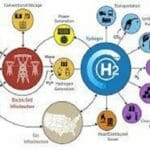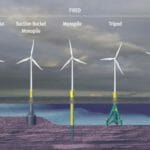- Course No E – 1475
- PDH Units: 2
No data found for Custom Course Number
No data found for Custom Course Units
- Course No E – 1475
- PDH Units: 2
Intended Audience: All Engineers.
PDH UNITS: 2
Greenhouse gases (GHG) emissions have become an integral part of managing a facility, tracking performance and maintaining compliance with applicable laws and regulations. Mandatory reporting of GHG emissions is required for certain facilities by the United States Environmental Protection Agency plus eighteen states. In addition, there are numerous voluntary reporting programs in North America and globally where facilities can disclose their GHG emissions to demonstrate good citizenship or to fulfill a corporate mandate. This course provides an introduction to GHGs - some background information on climate change plus basic definitions, technical concepts and typical equipment that emits GHGs. Engineers need to have a basic understanding of GHGs in order to calculate, track and report their facility's GHG emissions. The course materials are based upon General Reporting Protocol V2.1 (The Climate Registry, January 2016) available at: https://www.theclimateregistry.org/wp-content/uploads/2014/11/General-Reporting-Protocol-Version-2.1.pdf
Learning Objectives:
At the successful conclusion of this course, you will learn the following knowledge and skills:- What is a GHG and how does it relate to climate change?
- What are the most common GHGs?
- Which processes and operations produce them?
- What is global warming potential (GWP)?
- Why do reporters use carbon dioxide equivalents (CO2e) for reporting?
- Where are some of the places where GHG reporting is required or voluntary?
Once completed, your order and certificate of completion will be available in your profile when you’re logged in to the site.










